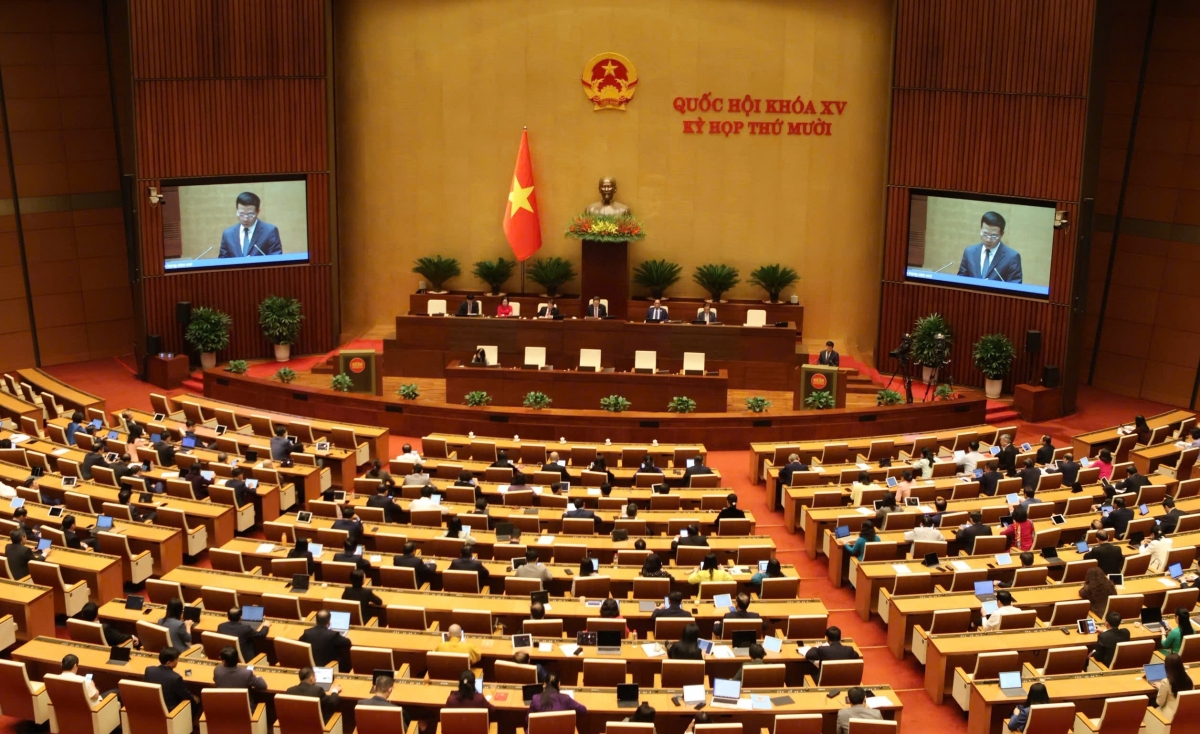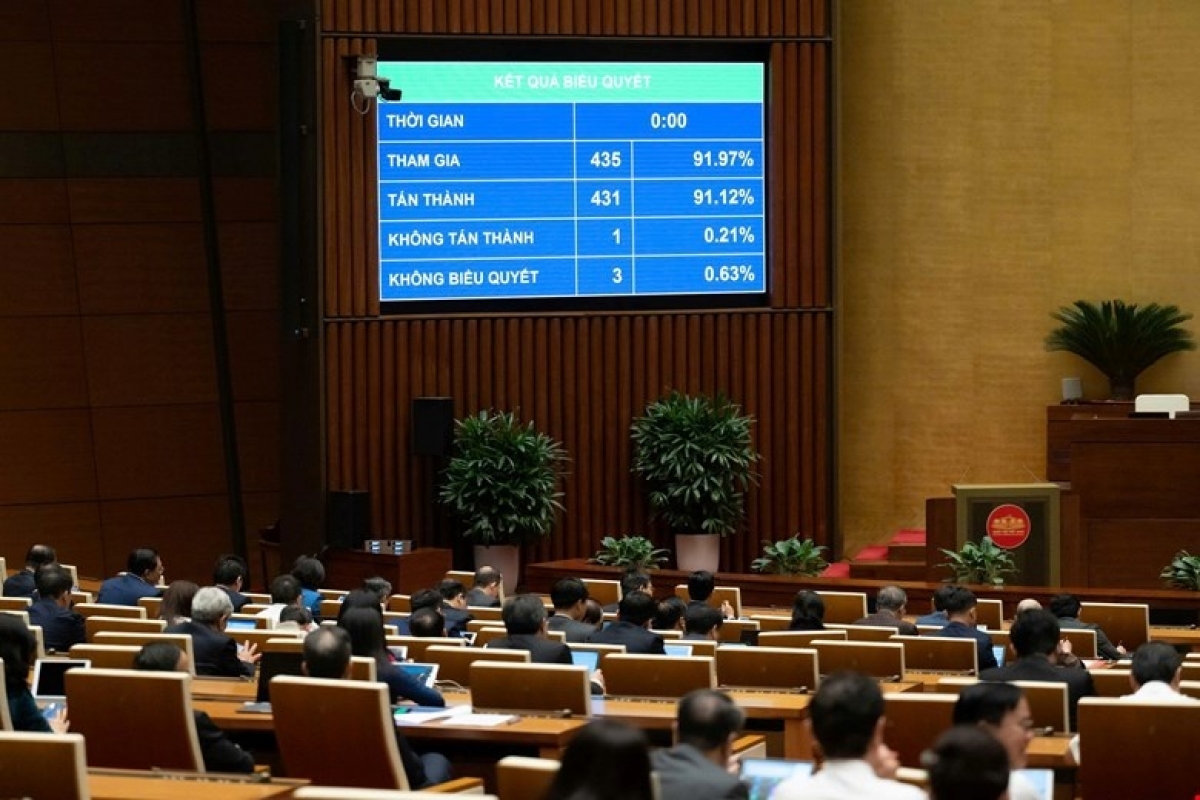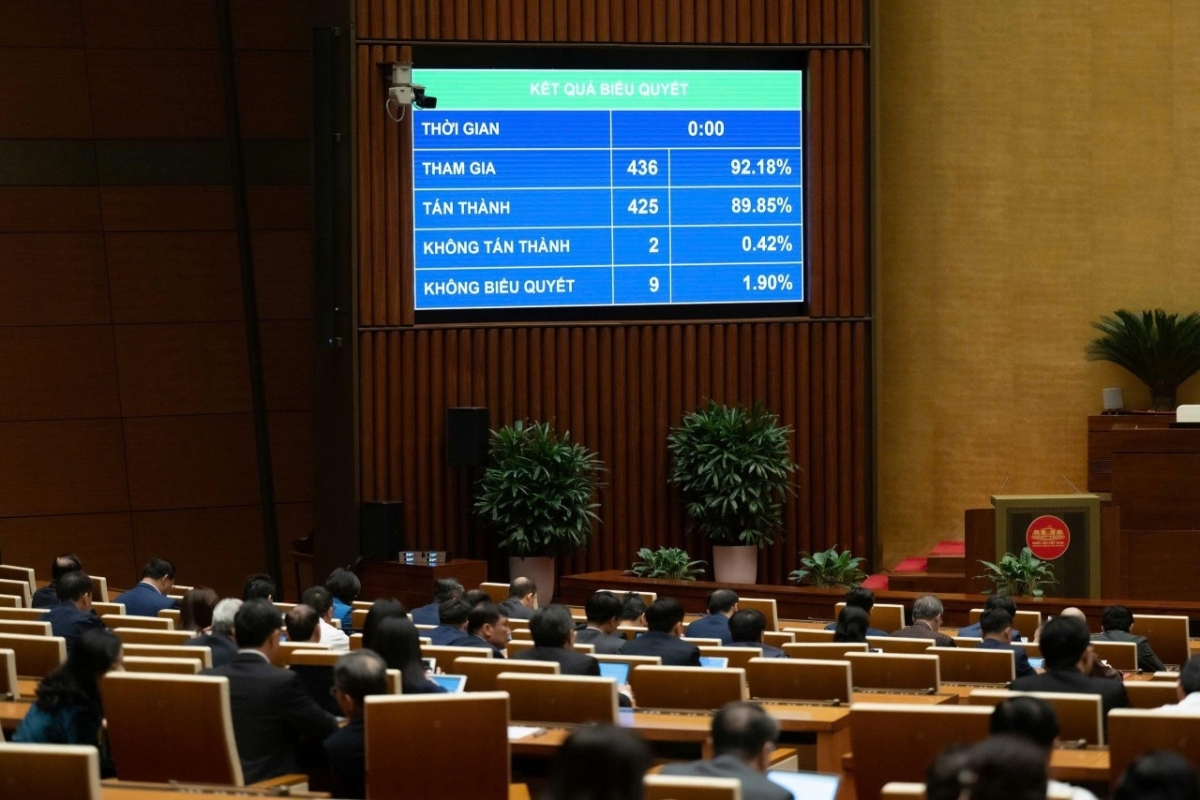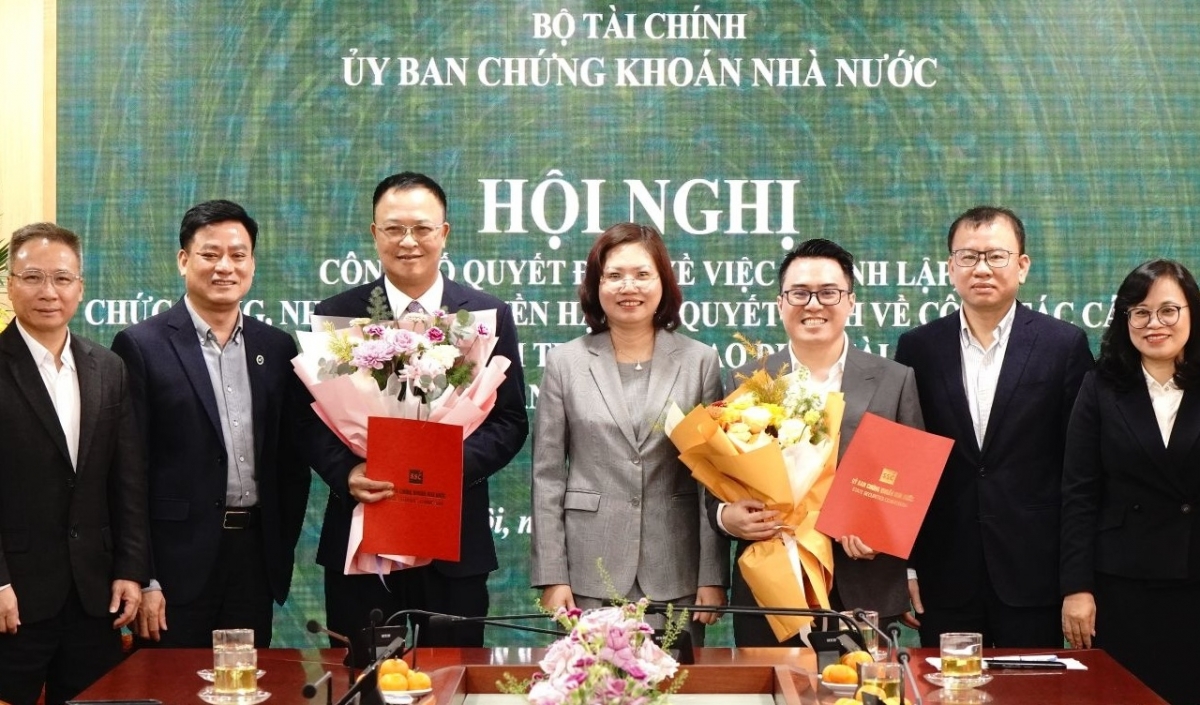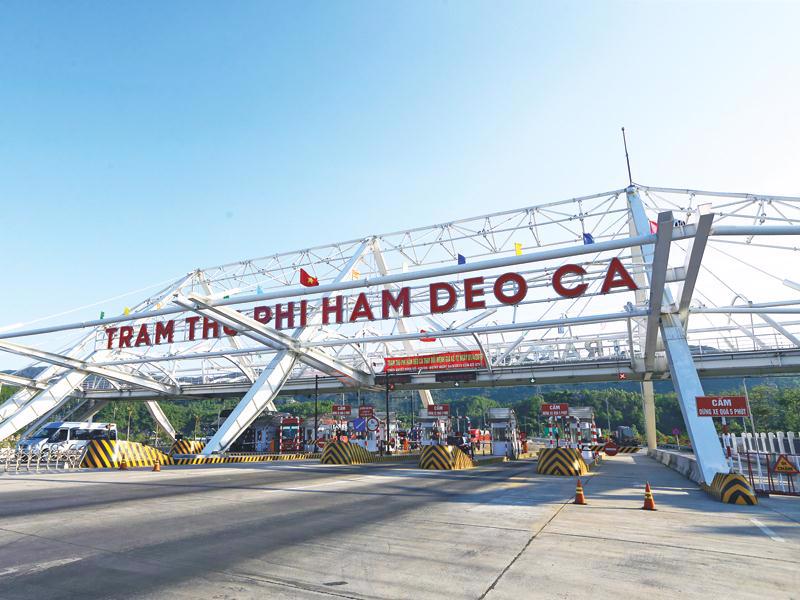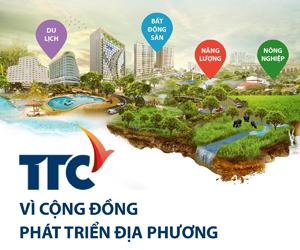INTERNATIONAL INVESTMENT
AND PORTAL
The People's Committee of Hanoi has presented an adjusted planning scheme for the city's overall development until 2045, with a vision for 2065, foreseeing population growth reaching 12 million by 2030, 14.6 million by 2045 and 15.5 million by 2050.
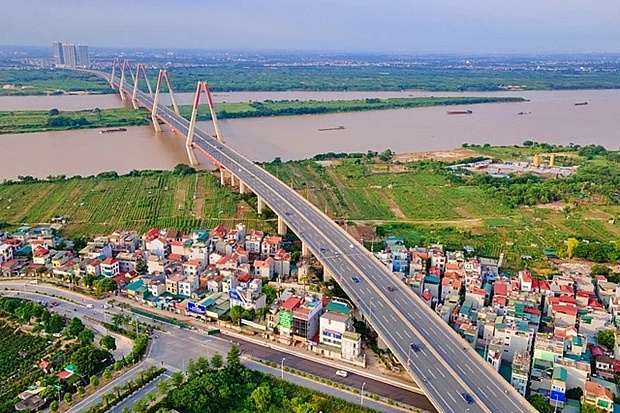 The development direction of the city across the Red River includes the entire administrative boundaries of Dong Anh, Soc Son, and Me Linh districts. (Photo: thanhnien.vn)
The development direction of the city across the Red River includes the entire administrative boundaries of Dong Anh, Soc Son, and Me Linh districts. (Photo: thanhnien.vn)
Hanoi - The People's Committee of Hanoi has presented an adjusted planning scheme for the city's overall development until 2045, with a vision for 2065, foreseeing population growth reaching 12 million by 2030, 14.6 million by 2045 and 15.5 million by 2050.
Building upon the 2011 master planning scheme, Hanoi's urban development strategy divides the city into five regions. These encompass the central urban area, including the historic inner city and expanding zones like Dan Phuong, Hoai Duc and Thanh Tri.
The eastern urban area covers Long Bien and Gia Lam districts, while the northern region comprises Dong Anh, Me Linh, and Soc Son districts. The western area encompasses Son Tay, Ba Vi, Phuc Tho, Thach That and Chuong My, while the southern area includes Thanh Oai, My Duc, Ung Hoa, Thuong Tin and Phu Xuyen.
Hanoi's plan introduces the 'city within the capital' model, aiming to develop new urban centres. This involves constructing a northern city in Dong Anh, Me Linh and Soc Son districts and a western city in the Hoa Lac high-tech zone (Thach That district) and Xuan Mai town (Chuong My district).
Following the establishment of the second airport in the capital region, Hanoi plans to develop a city in the southern area, spanning Phu Xuyen and Ung Hoa districts. This city will be integrated with the airport and serve as a comprehensive transport hub, including aviation, railways (national and urban), waterways (Red River) and highways.
The northern city of Hanoi, centred around Noi Bai Airport, will focus on industrial, service, financial and high-tech sectors. Additionally, it will promote eco-tourism and entertainment centres. By 2045, it's projected to cover around 633sq.km, with an urban land area of 385 sq.km and a population of about 3.25 million, distributed across 45 wards and 24 communes.
The western city around the Hoa Lac high-tech zone and Xuan Mai town, is envisioned as a hub for scientific research, high-tech training, and the development of advanced technology products. It will span approximately 251sq.km, with an estimated population of about 1.2 million by 2045. Urban construction land will cover around 135sq.km, accommodating roughly 1.08 million residents, while suburban areas will encompass about 116sq.km with a population of approximately 120,000. This city is projected to consist of 16 wards and 8 communes.
In addition, Hanoi plans to transform rural areas in the southern region, including Thanh Oai, My Duc, Ung Hoa, and Phu Xuyen districts, into centres for high-tech agriculture and eco-religious tourism.
For land use planning, Hanoi anticipates that urban construction land will encompass about 90,000ha by 2030, accounting for 27 percent of the city's total area. By 2025, this figure is expected to increase to around 120,000 hectares, representing 36 percent of the city's total area.
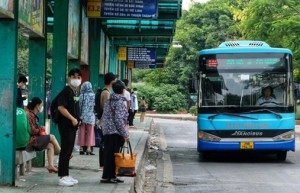 E-tickets introduced to Hanoi bus service
E-tickets introduced to Hanoi bus service
In a significant move to enhancing passenger convenience and safety, the Hanoi Public Transportation Centre (HPTC) joins hands with its partners to launch an e-ticket system for the capital city’s bus service.
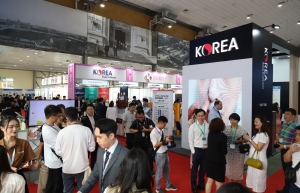 VIETNAM EXPO 2024 is taking place in Hanoi from April 3
VIETNAM EXPO 2024 is taking place in Hanoi from April 3
The 33rd Vietnam International Trade Fair (VIETNAM EXPO) is taking place from April 3-6 in Hanoi, attracting nearly 50 Vietnamese companies from 23 cities and provinces around the country, and more than 480 overseas firms from 16 countries and territories.
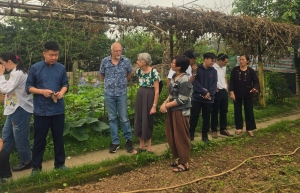 Cultivating agricultural tourism model in Hanoi
Cultivating agricultural tourism model in Hanoi
A tour with a difference for international visitors was launched on April 4 in Hanoi under a model developed by VietHarvest AgriTour.
By VNA
